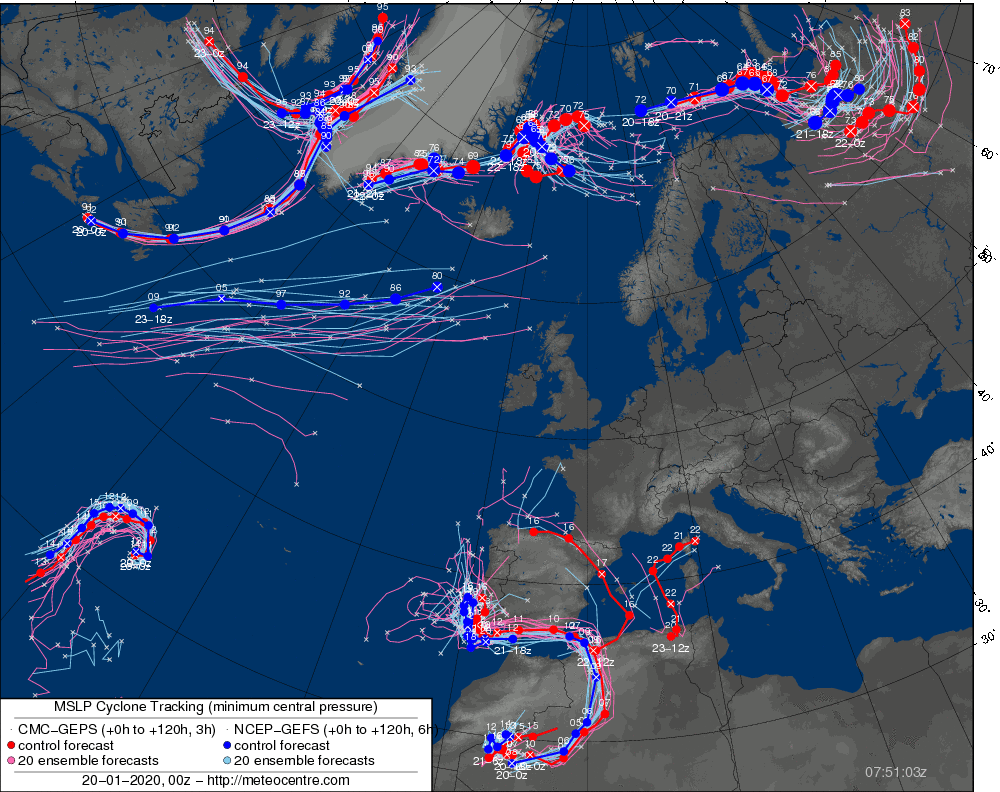The IS-ENES Use Case
Researchers and end users using climate data face a challenge when they analyze the data they need. Data volumes are increasing very rapidly, and the ability to download all needed data is often no longer possible. Also, it can be complex to install, configure and use some advanced analysis tools on such large datasets.

An example of a complex analysis tool used in climate research and adaptation studies is a tool to follow storm tracks. In the context of climate change, it is important to know if storm tracks will change in the future, in both their frequency and intensity.
Storms can cause significant societal impacts, hence it is important to assess future patterns. Having access to this type of complex analysis tool is very useful, and integrating them with front-ends like the IS-ENES climate4impact (C4I) would enable the use of those tools by a larger number of researchers and end users.


Integrating this type of complex tool is not an easy task. It requires significant development effort, especially if one of the objectives is also to adhere to FAIR principles. The DARE Platform enables research developers to faster develop the implementations of scientific workflows more rapidly, by providing tools and interfaces that can be used to integrate infrastructures and services. The Use Case shows how such a complex analysis tool, the cyclone tracking, has been implemented to be easily integrated with the C4I platform, using container technology.
The DARE Platform provides easy access to e-infrastructure services like EUDAT B2DROP, to store intermediate or final results and powerful provenance-powered tools to help researchers manage their work and data.

More about the IS-ENES3 project: Infrastructure for the European Network for Earth System Modelling (2019 – 2022)
IS-ENES3, an Horizon 2020 project, is the third phase of the distributed e-infrastructure of the European Network for Earth System Modelling (https://portal.enes.org).
The project fosters collaboration between twenty-two European climate research institutions.
The community aims to develop a better understanding of past and present-day climate and to project future variability and changes through the development and sharing of model components, modelling tools and data infrastructure.
The IS-ENES3 three main objectives are to:
- – Foster collaboration among the modelling groups to speed-up the development and use of models of the complex Earth’s climate system, namely “Earth System models” (ESMs)
- – Deliver common strategies for the research infrastructure
- – Disseminate model data

